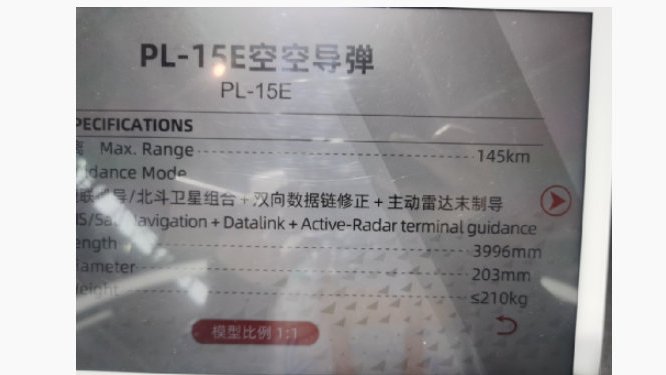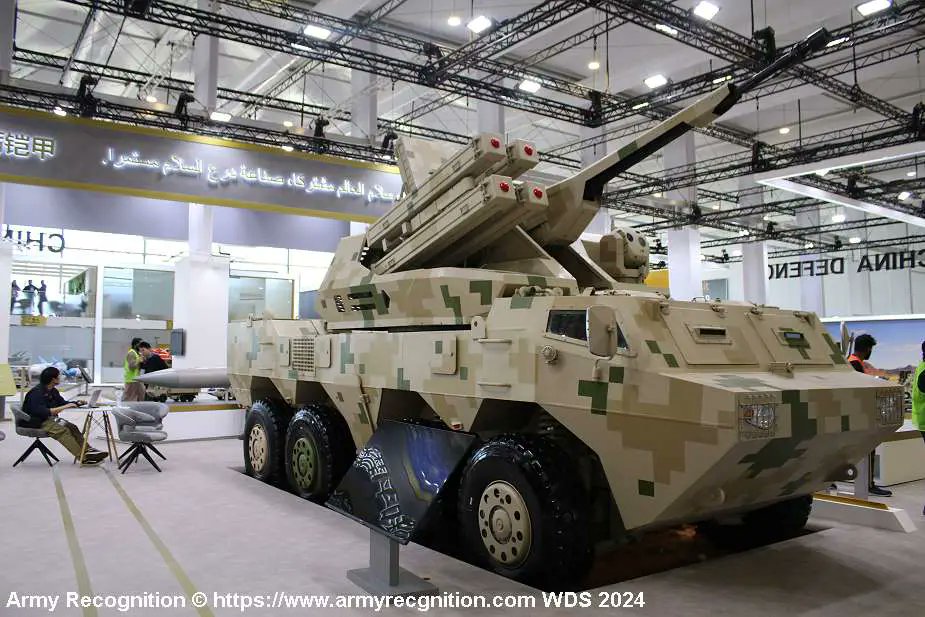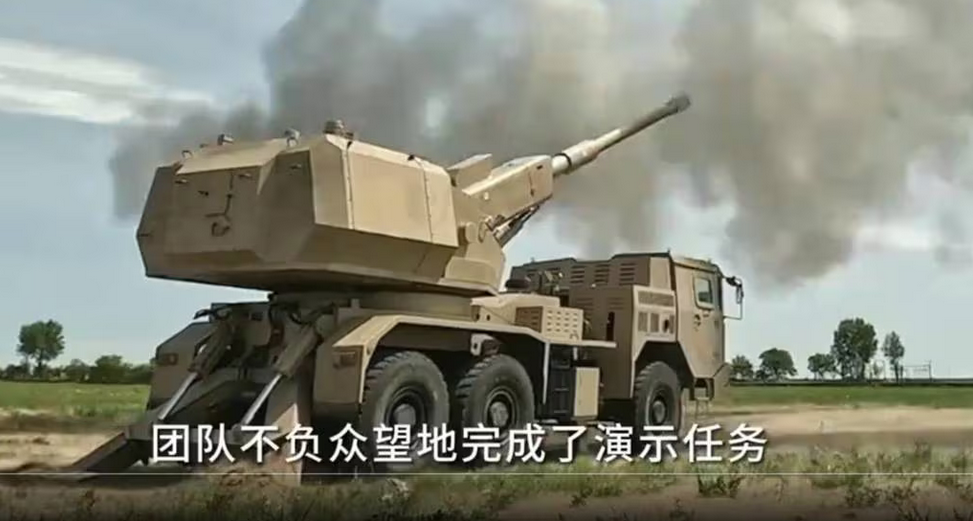 GarryB Tue Feb 13, 2024 1:15 am
GarryB Tue Feb 13, 2024 1:15 am
Such vehicles really depend on their missiles... and most vehicles like this in the west fail because the missiles are often just MANPADS with a missile range of 6-7km at most, which is not good enough these days.
I would also say the 35mm gun is not a bad gun but these days a 40-60mm gun would be a preferred calibre for the job at hand, especially with airburst and guided shells.
For clarity with guided shells I don't mean missiles you can launch in any direction that will hit the incoming target, or rounds that will perform hard 90 degree turns or anything.
The radar and fire control system should be able to calculate an interception box for the target.
It is not an interception point, because after you fire the target might speed up or slow down (which would make it a line rather than a point), or it could climb or dive (which would make it a 2D flat plain where the target might be), or it might turn left or right (which creates the box).
The more information you have about the flight performance of the target the more accurately you can calculate the size and shape of the box, but when firing unguided rounds your best solution is to fire a burst of shells that explode when they reach the box area with the intention of filling the entire box space with fragments so nothing can survive.
With smaller calibre shells that didn't airburst like 23mm and 30mm you increased rate of fire to fill that box, which is good enough for slow moving aircraft or helicopters that are relatively large objects, but when small targets like drones and cruise missiles you had to significantly boost the rate of fire (like Kashtan with two 6 barrel gatling guns firing 5,000 rpm each) or go to a larger calibre and use air burst shells.
These 35mm shells have air burst rounds which makes them more effective than 23mm or 30mm rounds with much higher rates of fire because the extra shell weight adds range and the airburst means they fill the boxes without having to fire off enormous amounts of ammo per target.
Obviously now the Russians have airburst shells for their 23mm and 30mm shells, but their splinters are likely to be smaller so they will likely be good for drones but for bigger armoured targets you would use standard shells in the way they were designed.
57mm guns extend the reach further and offer more internal volume for different ammo types...
And of course a manouvering round can compensate for any manouvers that the target might perform after the round is fired making the intercept box much much smaller.
Think of being on a shooting range... you fire a group of shots and you get a nice tight small group but it is low and to the left. Having bullets that detect that they are not going to hit the bullseye and manouver to hit it means they might alter their flightpath a degree or two in flight but the result is dead centre hits every time.
You don't need 3D thrust vectoring engines... sometimes on a bigger shell a small airbrake or control surface that can be deflected a small amount would be enough to change the flight angle.




 stifling growth everywhere except for the rich in the west then more countries could get a change at decent growth and development.
stifling growth everywhere except for the rich in the west then more countries could get a change at decent growth and development.

